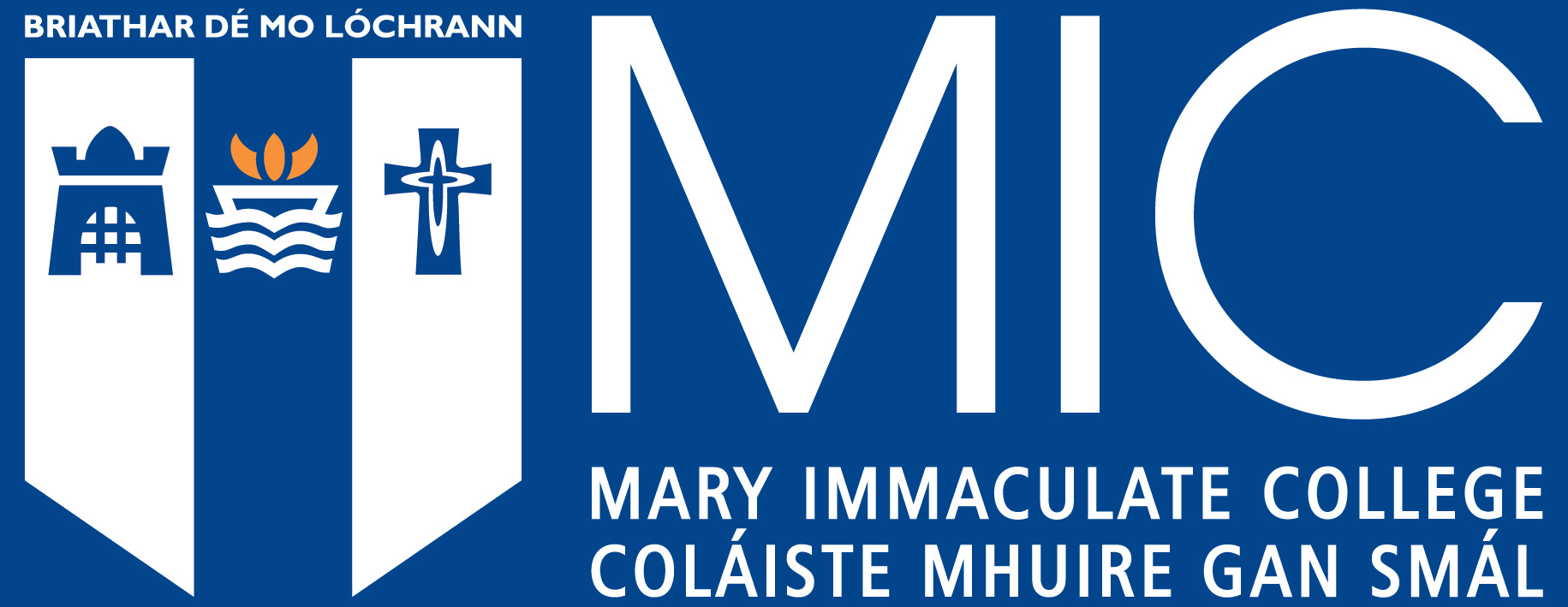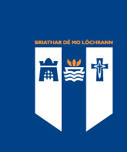The relationship between individual achievement and class-average achievement on pupils' intrinsic motivation
Abstract
Background: Three decades of research have investigated the relevance of the big-fish-little pond effect (BFLPE) and the internal/external frame of reference model (I/E model) to pupils’ academic self-concepts (ASCs). The BFLPE posits that pupils’ ASCs are influenced by comparisons which pupils make between their performance and that of their peers. Consistent with this theory, research has found that class/school-average achievement is negatively correlated with pupils’ ASCs. Research investigating the I/E model has found that pupils’ individual academic achievement is positively correlated with their ASCs in
corresponding domains (i.e. the same academic domain or subject area, such as reading achievement and reading self-concept), but negatively correlated with pupils’ ASCs in contrasting domains (i.e. academic domains or areas that are distinctively different from each other, such as reading achievement and mathematics self-concept, and/or mathematics achievement and reading self-concept). Recently, a combined model which simultaneously investigates the predictions of both models has found that the predictions of both models are also supported within the unified model. However, a paucity of research has investigated the relevance of these models to other motivational constructs.
Aims: This research aims to investigate the relevance of the BFLPE, the I/E model, and thecombined model to fourth-class pupils’ intrinsic motivation for mathematics and reading. Subsequently, pupils’ ASCs are explored as potential mediating variables between individual and class-average achievement and pupils’ intrinsic motivation.
Sample(s): Cross-sectional Irish data from the 2011 Trends in International Mathematics and Science Study and Progress in International Reading Literacy Study Combined International Database.
Methods: A series of latent-manifest structural equation models were employed to analyse the data.
Results: All predictions of the combined model were not supported among the chosen sample. However, individual reading achievement was positively correlated with pupils’ intrinsic motivation for reading, and class-average mathematics achievement was negatively correlated with pupils’ intrinsic motivation for mathematics.
Conclusions: The findings extend current knowledge as limited research to date has investigated the predictions of the combined model on motivational constructs outside of ASC. The findings are also pertinent to informing practice, as recent education guidelines have emphasised the development of positive attitudes towards learning as key objectives.
Keywords
Big-fish-little-pond effect (BFLPE)Internal/external frame of reference model (I/E model)
Combined model
Social comparison
Dimensional comparison
Intrinsic motivation


